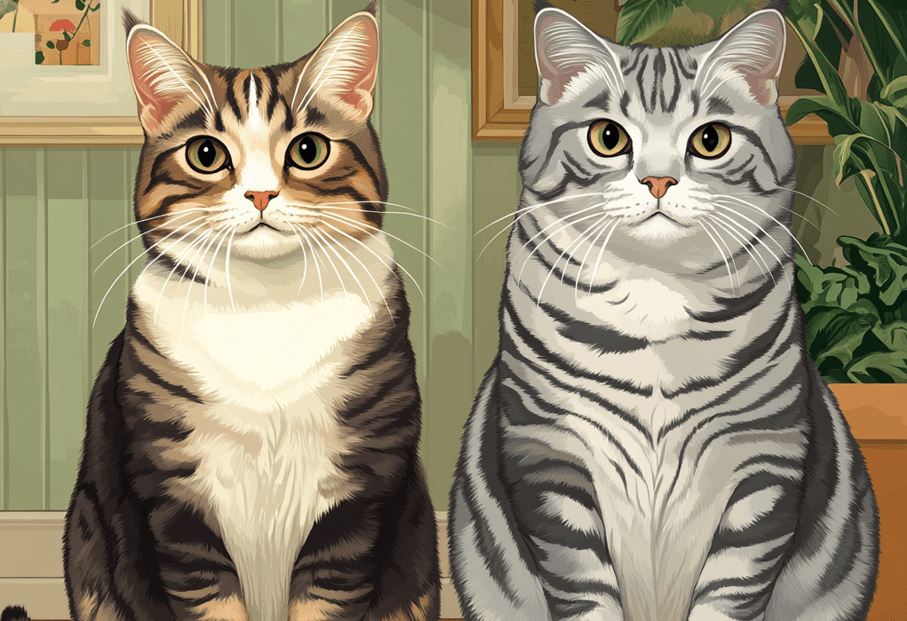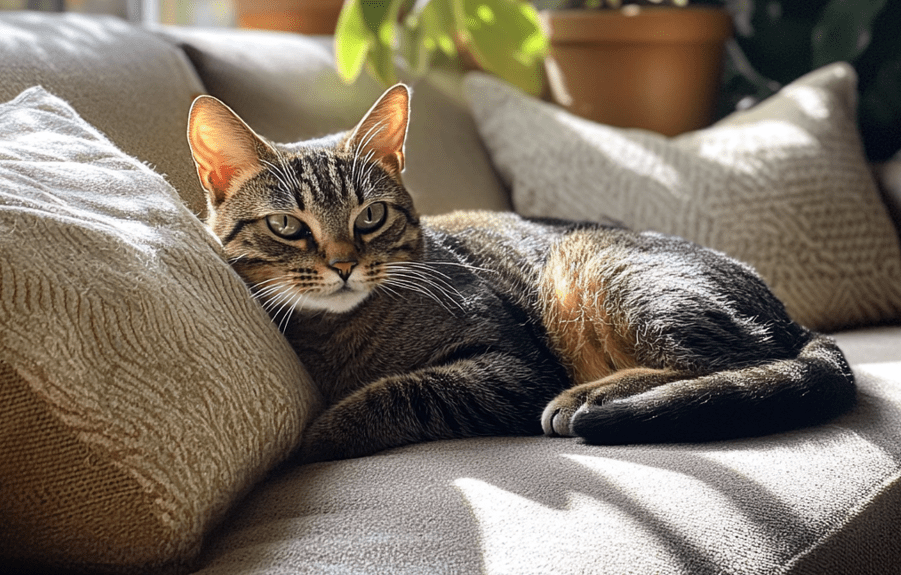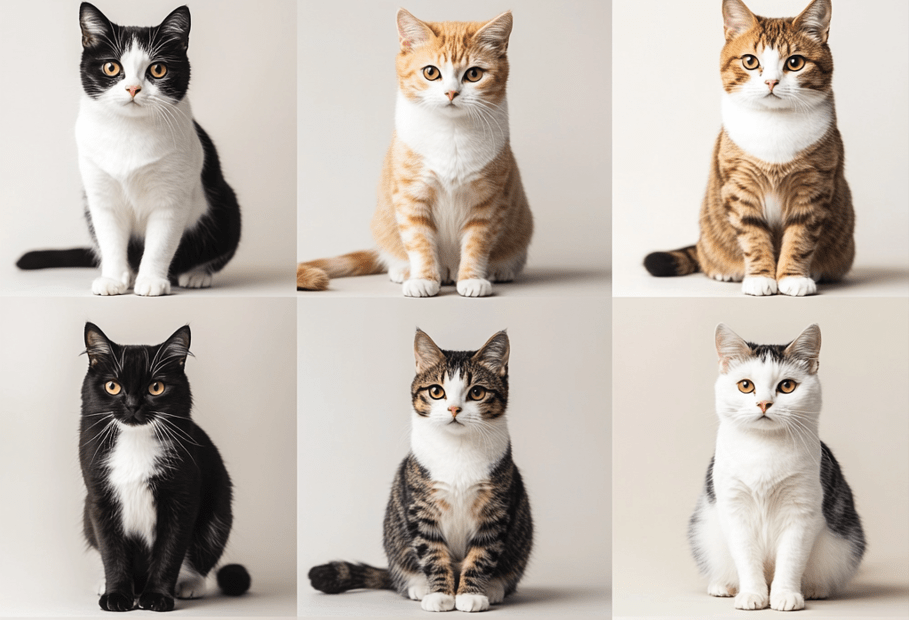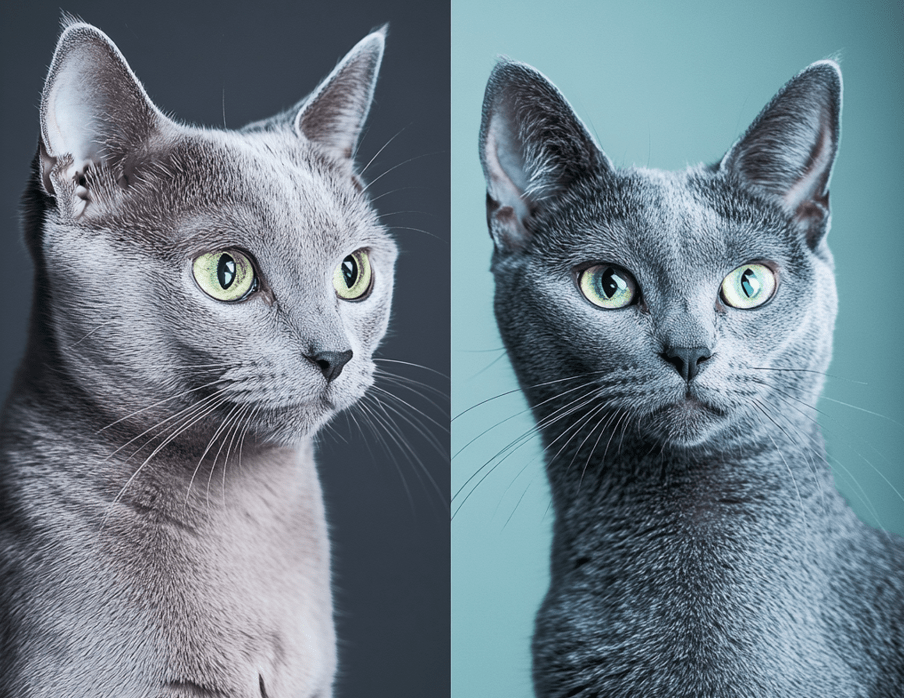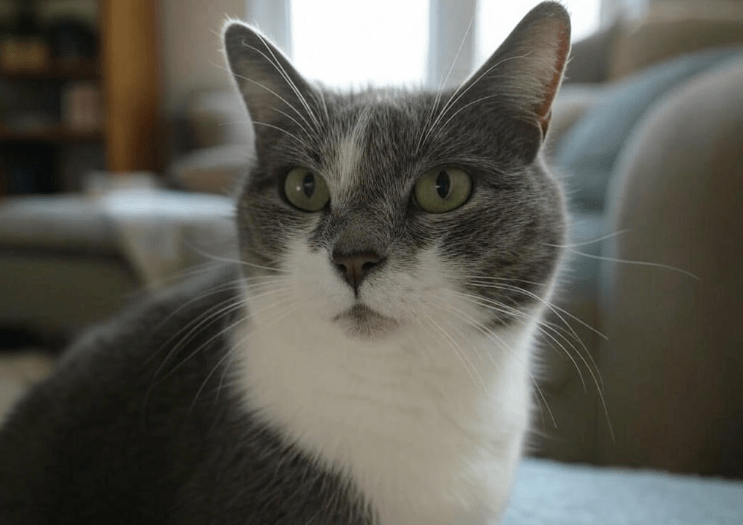
Domestic Shorthair biting during play is a common issue for many cat owners. While these playful felines are beloved for their energetic and affectionate nature, their tendency to nip or bite during playtime can be frustrating and even painful. Understanding why your Domestic Shorthair engages in this behavior and learning how to address it effectively is key to fostering a harmonious relationship with your pet. This comprehensive guide explores the causes of biting during play, practical solutions to curb it, and strategies to encourage positive playtime behaviors.
Why Do Domestic Shorthairs Bite During Play?
Understanding the root causes of biting is the first step to addressing it. Domestic Shorthairs, like all cats, are driven by instinct, and their behavior during play often mimics their natural hunting tendencies. Below are the primary reasons your cat may bite during play:
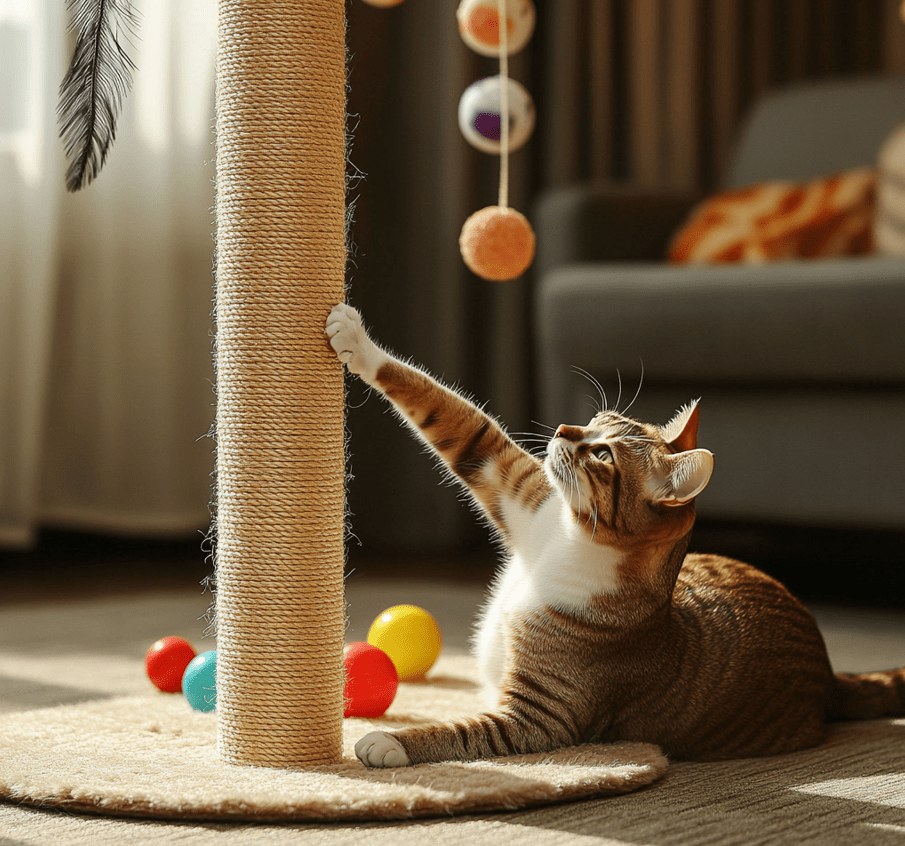
1. Instinctual Hunting Behavior
Cats are natural predators, and playtime often simulates hunting. When your Domestic Shorthair pounces, chases, or bites during play, they’re practicing skills they would use to catch prey in the wild. Biting is a normal part of this predatory play, but it can become problematic if not redirected properly.
2. Overstimulation
Domestic Shorthairs can become overexcited during play, leading to biting. Rapid movements, loud noises, or prolonged play sessions may push your cat past their comfort zone, causing them to react with a nip or bite as a way to communicate overstimulation.
3. Lack of Proper Socialization
Kittens learn bite inhibition from their littermates and mother. If your Domestic Shorthair was separated from their litter too early or didn’t have adequate socialization, they may not have learned to control the strength of their bites, leading to rough play.
4. Teething in Kittens
Young Domestic Shorthairs, especially kittens, may bite during play as part of the teething process. Chewing and biting help relieve discomfort in their gums, but this behavior can persist if not addressed early.
5. Boredom or Pent-Up Energy
Domestic Shorthairs are active and intelligent cats. Without enough mental and physical stimulation, they may resort to biting as a way to release pent-up energy or seek attention.
6. Improper Play Techniques
Using your hands or feet as “toys” during play can teach your cat that biting human skin is acceptable. This reinforces the behavior and makes it harder to stop later.
How to Stop Domestic Shorthair Biting During Play
Now that you understand why your Domestic Shorthair bites during play, let’s explore practical, humane, and effective strategies to stop this behavior. These solutions focus on redirecting your cat’s instincts, providing appropriate outlets for their energy, and fostering positive interactions.
1. Use Appropriate Toys
To prevent your Domestic Shorthair from biting you during play, avoid using your hands or fingers as toys. Instead, opt for interactive toys that mimic prey, such as:
Wand toys: These allow you to engage your cat in chasing and pouncing without direct contact.
Feather teasers: Mimic the movement of birds, satisfying your cat’s hunting instincts.
Laser pointers: Provide endless fun, but always end the session with a tangible toy to avoid frustration.
Balls or stuffed toys: Encourage your cat to bite and grab these instead of your hands.
By redirecting their biting to toys, you teach your Domestic Shorthair what is acceptable to bite.
2. Practice Proper Play Techniques
How you play with your cat matters. Follow these tips to encourage gentle play:
Mimic prey movements: Move toys in a way that resembles the erratic movements of prey, such as darting or hiding.
Avoid overstimulation: Watch for signs of overstimulation, like dilated pupils, flattened ears, or a twitching tail. If you notice these, pause play to let your cat calm down.
End play sessions gradually: Slow down the pace of play to help your cat transition to a calm state, reducing the likelihood of biting.
3. Teach Bite Inhibition
If your Domestic Shorthair bites during play, you can teach them to be gentler by mimicking how their littermates would respond:
Say “Ouch” and stop play: If your cat bites, let out a high-pitched “ouch” and immediately stop playing. This signals that biting ends the fun.
Walk away: Leave the room for a minute to reinforce that biting leads to the end of attention.
Reward gentle behavior: When your cat plays without biting, reward them with treats, praise, or extra playtime.
Consistency is key. Over time, your cat will learn that gentle play keeps the fun going.
4. Provide Mental and Physical Stimulation
A bored Domestic Shorthair is more likely to bite during play. Keep your cat engaged with:
Puzzle feeders: Stimulate their mind while satisfying their hunting instincts.
Cat trees and perches: Encourage climbing and exploration.
Rotating toys: Introduce new toys regularly to keep playtime exciting.
Daily play sessions: Aim for at least 15–30 minutes of interactive play twice a day to burn off excess energy.
5. Address Teething in Kittens
For teething kittens, provide safe chew toys designed for cats. You can also freeze wet washcloths or offer chilled toys to soothe their gums. Redirect biting to these items and praise your kitten for using them.
6. Spay or Neuter Your Cat
Unneutered or unspayed Domestic Shorthairs may exhibit more aggressive behaviors, including biting, due to hormonal influences. Spaying or neutering can reduce these tendencies and make your cat calmer during play.
7. Consult a Veterinarian
If your Domestic Shorthair’s biting seems excessive or sudden, consult a veterinarian to rule out underlying medical issues, such as dental pain, skin conditions, or neurological problems, that could be causing discomfort and triggering biting.
Common Mistakes to Avoid
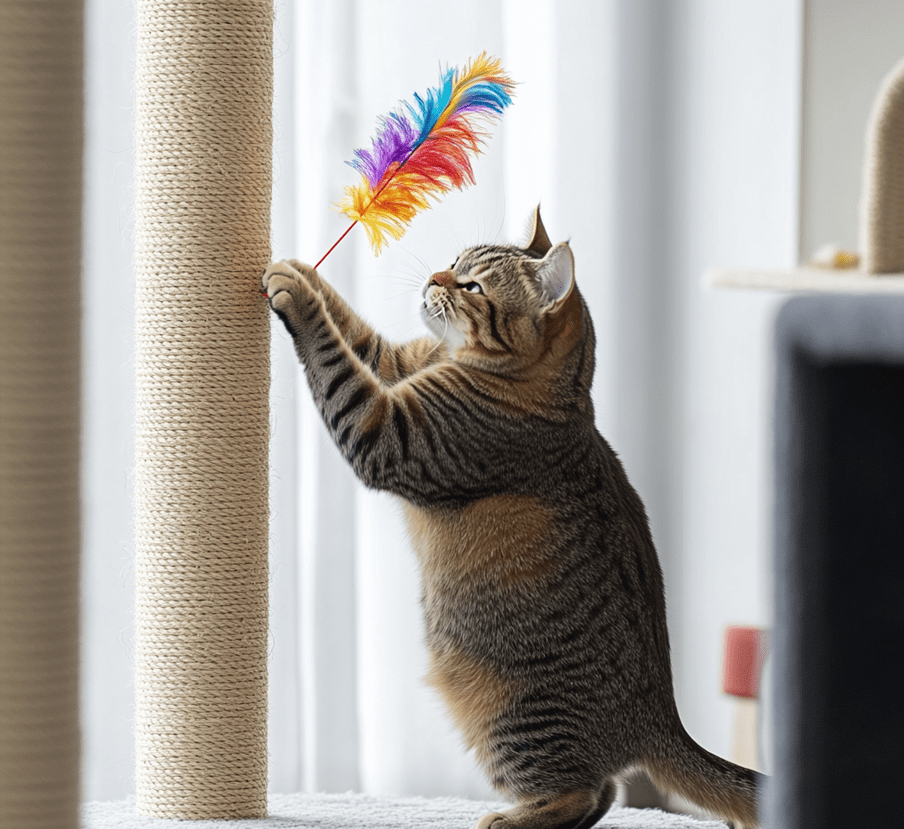
When addressing Domestic Shorthair biting during play, avoid these common pitfalls:
Punishing your cat: Yelling, spraying water, or physical punishment can scare your cat and damage your bond. It may also increase anxiety, leading to more biting.
Using hands as toys: This encourages biting and confuses your cat about what’s acceptable.
Ignoring the behavior: Biting won’t resolve on its own. Consistent training is essential.
Overwhelming your cat: Too much stimulation or overly rough play can escalate biting.
Creating a Positive Play Environment
To prevent biting and promote healthy play, create an environment that supports your Domestic Shorthair’s physical and emotional needs:
1. Safe Play Spaces
Ensure your home has safe areas where your cat can play without hazards. Remove small objects they could swallow and provide scratching posts to redirect their energy.
2. Routine and Consistency
Cats thrive on routine. Schedule regular play sessions at the same time each day to help your Domestic Shorthair anticipate and enjoy playtime.
3. Positive Reinforcement
Reward your cat for good behavior with treats, affection, or extra play. Positive reinforcement strengthens the bond between you and your cat and encourages gentle play.
4. Monitor Body Language
Learn to read your cat’s body language to prevent biting before it happens. Signs of agitation, such as a swishing tail or pinned-back ears, indicate it’s time to pause play.
When to Seek Professional Help
If you’ve tried the above strategies and your Domestic Shorthair continues to bite aggressively during play, consider seeking help from a professional:
Veterinarian: To rule out medical causes of biting.
Certified Cat Behaviorist: A behaviorist can assess your cat’s environment and play habits to create a tailored plan.
Trainer: Some trainers specialize in feline behavior and can teach you advanced techniques to curb biting.
Conclusion
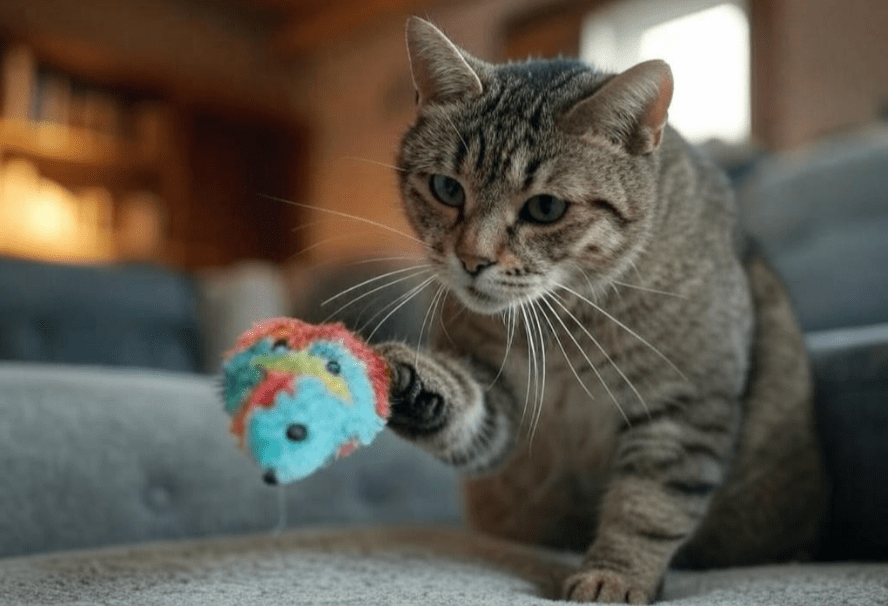
Domestic Shorthair biting during play is a manageable behavior with the right approach. By understanding the reasons behind your cat’s biting—whether it’s instinct, overstimulation, or lack of socialization—you can take targeted steps to address it. Using appropriate toys, practicing proper play techniques, providing mental and physical stimulation, and reinforcing positive behavior are all effective ways to curb biting and foster a stronger bond with your Domestic Shorthair.
With patience and consistency, you can transform playtime into a fun, safe, and rewarding experience for both you and your cat. By following the strategies outlined in this guide, you’ll not only stop biting but also create a happier, healthier relationship with your feline friend.

